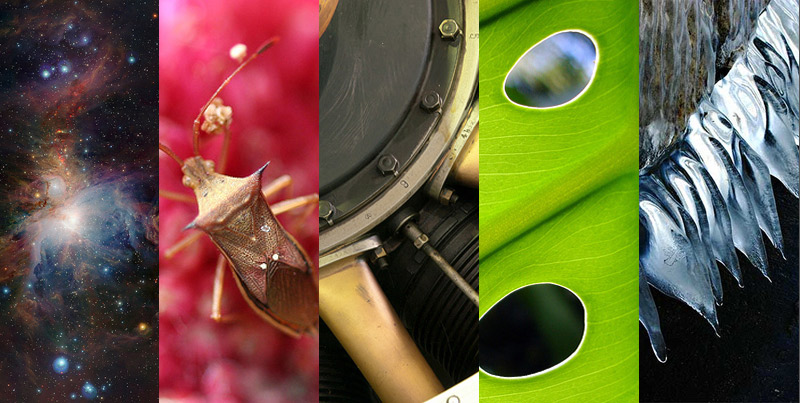 You need to get the USS Enterprise across the galaxy in minimal time. What to you do? Why, use the warp drive, of course!
You need to get the USS Enterprise across the galaxy in minimal time. What to you do? Why, use the warp drive, of course!
Bending the fabric of time and space may be just that simple in the nearer-than-predicted future. Dr. Harold “Sonny” White, the Advanced Propulsion Theme Lead for the NASA Engineering Directorat and his team have started working on building a real warp drive for interstellar travel.
According to Dr. White, near-light speeds simply can’t be done with some high-powered propulsion system. It would take too much fuel and the speeds one could conceivably reach still wouldn’t be fast enough to get you to the nearest star (aside from the Sun) in less than several decades… or centuries. So what will get our final frontiersmen and women out there? Math.
Dr. White’s team found loopholes in the mathematical equations that explain how the space-time fabric operates. Now, they’re setting out to prove those loopholes exist, which would uncover “warp bubbles,” little blips in the space-time fabric that would allow a warp drive to function.
In practical application, a warp drive works like this: The specialized engine would compress the space ahead of the ship, while expanding the space behind. This creates a kind of travel with zero acceleration, which means the passengers wouldn’t even feel the thrust of the ship’s movement. Even better, this kind of engine would use a fraction of the fuel once thought necessary. Previous research suggests that the fuel source for one of these trips would have to be the size of Jupiter (Jupiter is about 317 times the size of Earth in terms of mass.) Now, NASA scientists believe you would only need about 1100 pounds of fuel, less than a ton.
So exactly where could we go with this kind of travel? According to Dr. White, we could reach Alpha Centauri, a two-star system that’s 4.37 light years from our own Sun, in two weeks. More practically, we could visit the Earth-like planet Gliese 581g, which is about 20 light years away, in two years. If that seems like a long time, consider Lewis and Clark’s expedition to the Pacific, which started on May 14, 1804 and ended in St. Louis on September 23, 1806. Lewis was shot in the leg when someone mistook him for an elk and they had to skin their own food. With the warp drive, not only do you get a top-of-the-line climate-controlled cabin, you might even get those spiffy Starfleet uniforms.

Reblogged this on Gigable – Tech Blog.